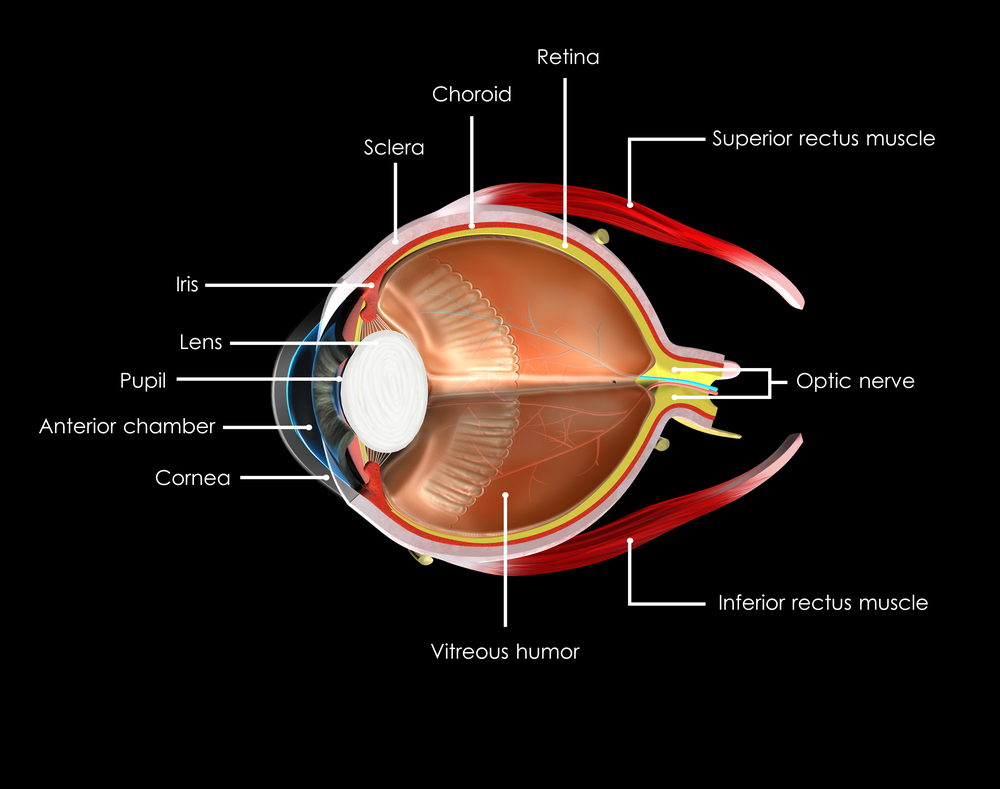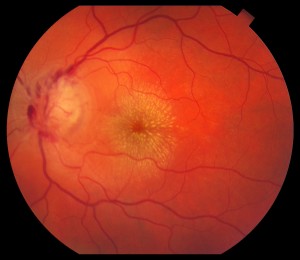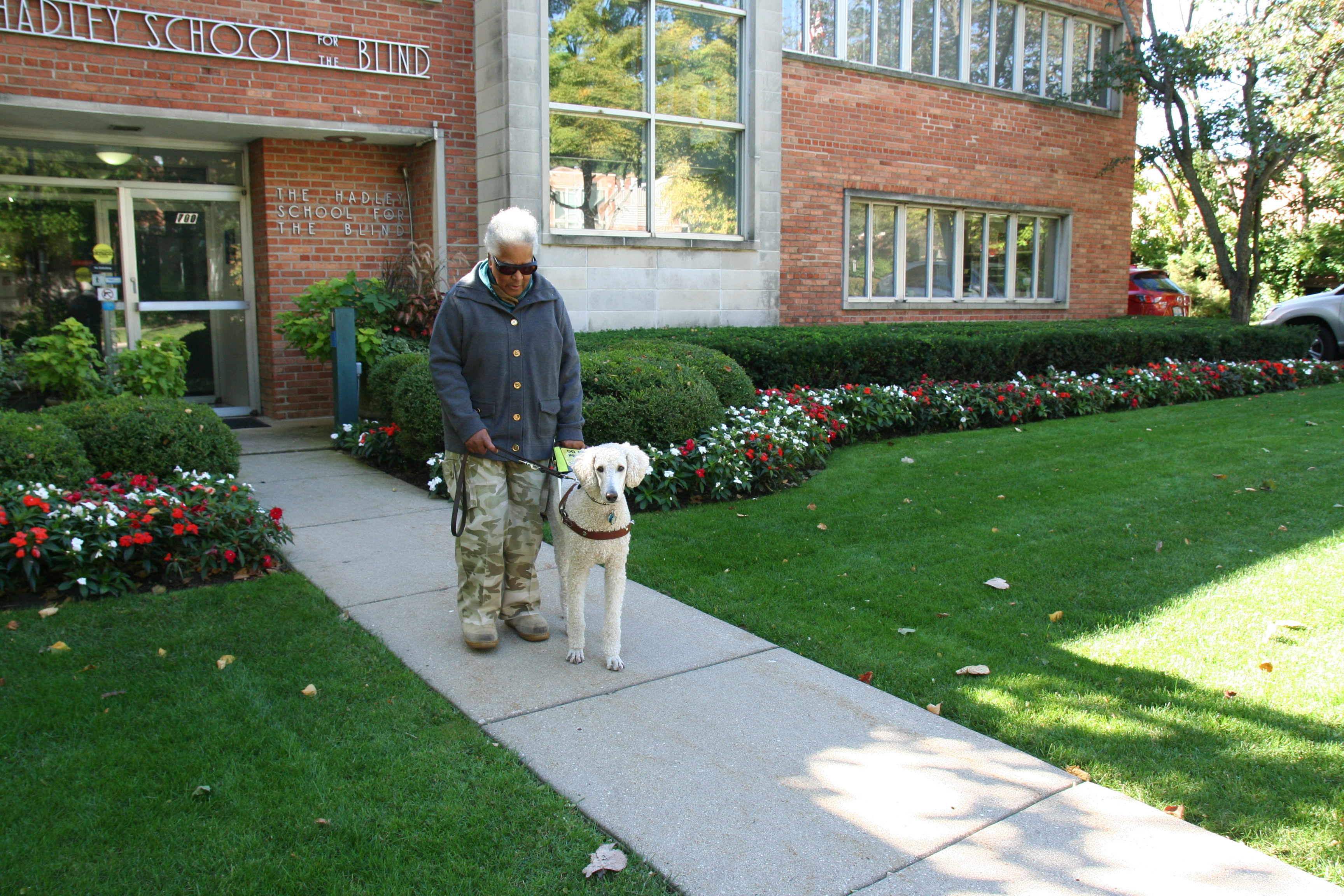12/23/14
On behalf of Discovery Eye Foundation, we would like to wish you the best this holiday season!

Because this is such a busy time of the year, we will not be posting to the blog, giving you more time to enjoy your family and friends.
We will resume posting on Tuesday, January 6th.
 Susan DeRemer, CFRE
Susan DeRemer, CFRE
Vice President of Development
Discovery Eye Foundation











